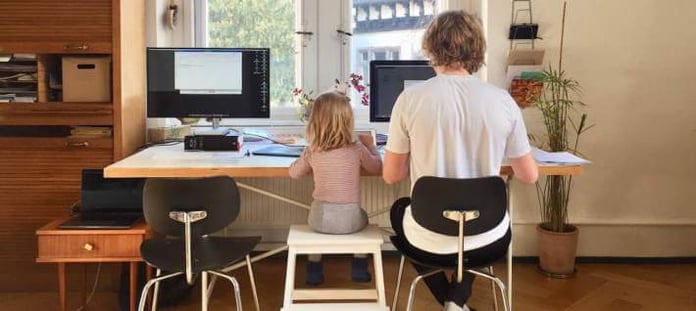
Ms. Scharnhorst, because of the spread of the coronavirus, a lot of people are suddenly working from home. What does that mean for you?
Of course, this has changed for both work and private life. Because working in the home office involves completely different processes, starting with contact with colleagues and superiors. Those who have worked in the home office for a long time have created routines, others have yet to do so. If a lot of people now go to their home office over a longer period of time, this is, of course, a huge challenge. You have to maintain communication channels carefully, otherwise, information is lost, or you find out after weeks that a project has been worked in different directions.
Some people are happy to finally be able to work concentrated, others are horrified to work at home. Why is that?
Some have a high degree of self-discipline, can set goals well, divide up the time. Others prefer clear instructions, predetermined structures. For disciplined people, it can even be helpful not to be interrupted by colleagues in order to get something away, to be creative. But creativity is often connected with inspiring and inspiring each other to new ideas. It’s difficult at home alone, but it may also be possible via conference calls.
And what can they do who find it difficult to work from home?
It starts with the beginning: Nobody in the home office really looks at when we are going to start. For this reason, some of them cannot find the beginning, are difficult to get out of bed and do not get going. It helps to create structures that are similar to those in the office: setting an alarm clock, not moving the usual start of work too far back, not lounging on the couch with your laptop in your pajamas. Instead, create a suitable atmosphere from clothing and the workplace. This signals the brain that it is time for work. And it also helps the others in the household, for example, the children, to show that mom is now working.
What does the home office workplace look like at best?
At best it is a room where you can really close the door. If that doesn’t work, a quiet corner is enough. Working in the bedroom is actually not a good thing because it can affect sleep if you look at the workplace from your bed. But it makes more sense to set up a work corner there and maybe cover it in the evening with a cloth than to work at the kitchen table, for example, when family members or roommates constantly come in who want to go to the fridge.
Studies show that we tend to work more in the home office. Why is that?
This is related to who normally goes to the home office. It is often the very committed, reliable people that the bosses approve of their home office. They tend to self-exploitation. But if we send everyone to the home office now, it’s probably different.













